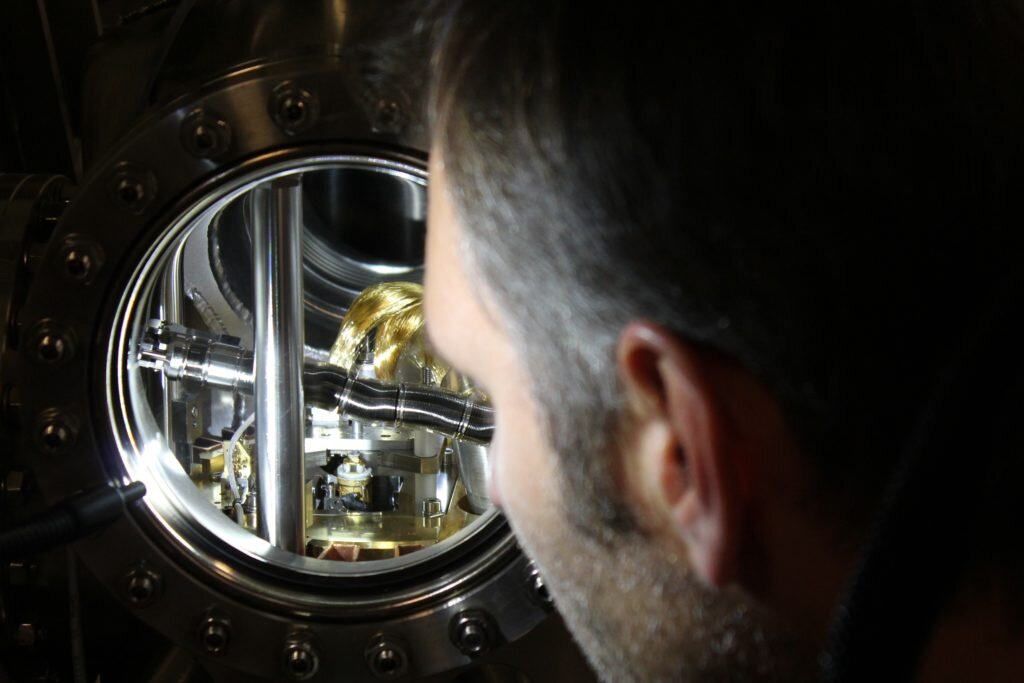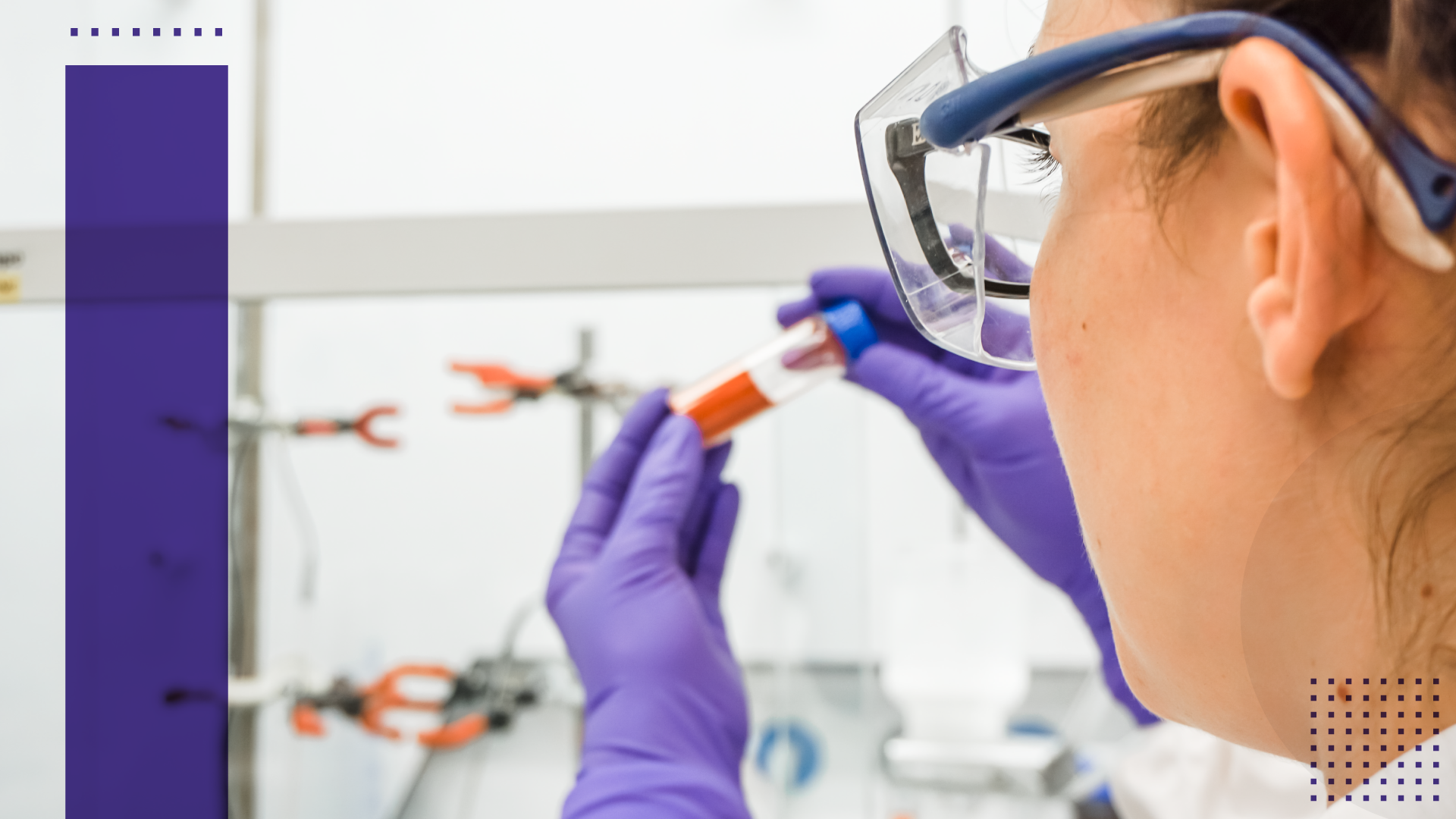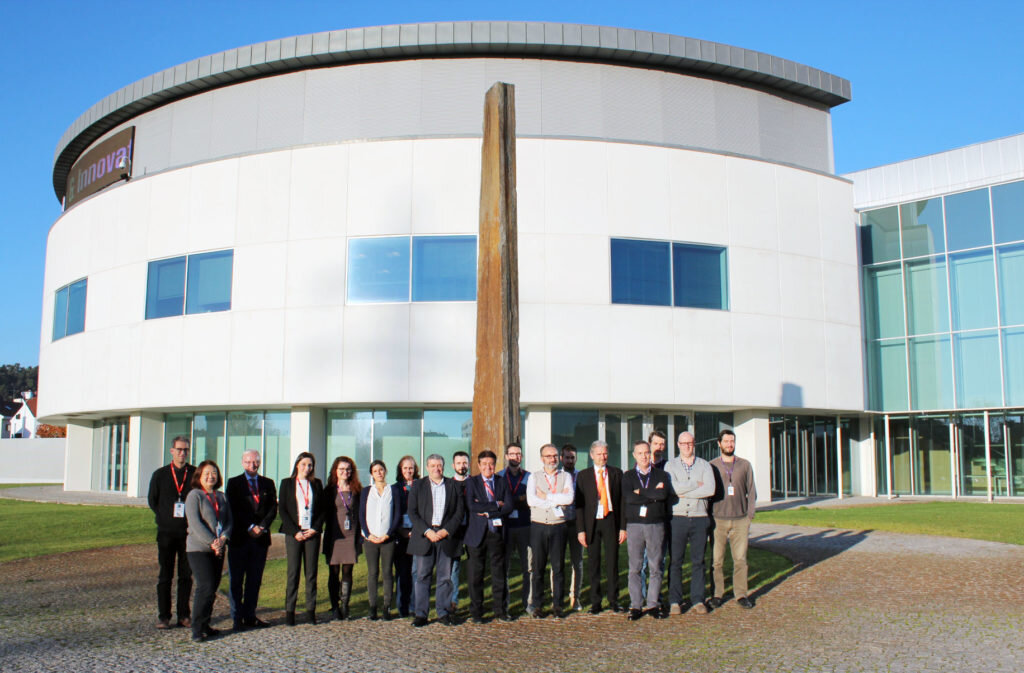
INL researchers explain how alkali treatments contribute to improving solar energy production efficiency
September 3, 2019
Photovoltaic panels convert sunlight into electricity and are considered a cornerstone for sustainable renewable energy supply. As a good example of this, Portugal just secured a world record in the field by launching an auction of solar energy, comprising 24 licenses and selling each megawatt-hour for 14.76 euros, an all-time low. It is the largest licensing auction of any kind of energy launched in Portugal and represents more than double the existing capacity of solar energy in the country.
Current solar panels rely on well-established silicon technology. However, thin-film photovoltaics using a compound consisting of copper-indium-gallium-diselenide (CIGSe) as the light-absorbing semiconductor material has several benefits, such as requiring less material, more energy-efficient production, and the possibility to be fabricated on flexible substrates, making them a prime choice for building-integrated photovoltaics for future nearly zero-energy buildings. Their laboratory-scale power-conversion efficiency has been increased significantly over the last 7 to 8 years and is now on par with dominating multi-crystalline silicon. This recent increase is driven by the introduction of a high-temperature treatment with alkali metals, specifically with potassium, or rubidium fluoride, a topic heavily investigated in the research community.
Researchers at INL – International Iberian Nanotechnology Laboratory, in Braga, have now demonstrated that these treatments contribute to the passivation of grain boundaries. Such grain boundaries are the interfaces where grains of these polycrystalline materials come together, and which are generally detrimental for solar cell performance.
The study was just released in Nature Communications and was performed in collaboration with researchers from the Zentrum für Sonnenenergie- und Wasserstoff-Forschung Baden-Württemberg (ZSW) in Germany, who fabricated the solar cell samples and from the University of Parma in Italy, who performed simulations of the solar cell performance to improve the understanding of the passivation effect. The study was part of the European Horizon 2020 funded project Sharc25.
The researchers studied the samples from ZSW by scanning probe microscopy, an advanced microscopy technique where a sharp tip is brought in close proximity to the sample to detect its surface and electronic properties. This nanometer-scale resolution imaging allowed the researchers to analyze the impact of the alkali-metal treatments on the grain boundaries. “We were able to show that heavier alkali metals have a stronger passivation effect at the grain boundaries,” says Nicoleta Nicoara, member of the Laboratory of Nanostructured Solar Cells at INL, who performed the microscopy experiments.
Sascha Sadewasser, the head of the group, summarizes: “The strength of our study is a large number of grain boundaries investigated, allowing a statistical analysis of the observed effects that evidence the passivation of grain boundaries. Finally, it was the combination of a novel analysis method, high-quality samples, and simulations that led to a deeper insight into the impact of the alkali-metal treatment.” Currently, the CIGSe industry is in the process of implementing the alkali treatment in their production lines, promising better performance for CIGSe PV modules and lower costs of solar electricity in the future.



